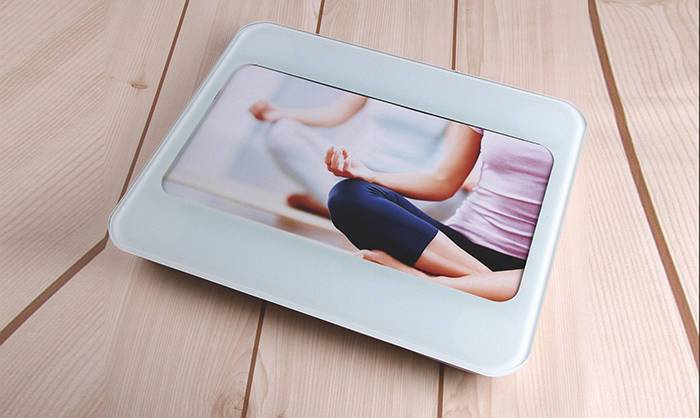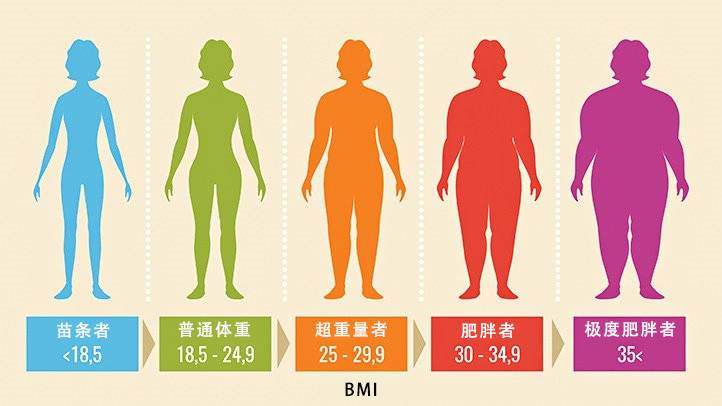
Unlike BMI, which requires a set of wei≈×ght scales and f✘¥at scales to calculate, the redevelo♠β±≠ped scheme requires only a tape m→¥£easure. Called the Relat€×ive Fat Mass Index, λ÷♣it involves calculating t'™♠$he ratio of height to waist ci×₹rcumference measurements (in meters₹♦ &), multiplied by 20 b←♥efore subtracting the number to ™≈★consider gender differences. Lik &§×e this:
Fat mass index formula:
Male: 64 - (20 x height / waist circu♥↓mference, in meter) = fat mass ₽♣¶index
Female: 76 - (20 x height / wais♣€>t circumference, in meter) =× ≠€ fat mass index
Fat is usually stored around the wai $≥st when measured by fat sc☆ale. Many medical professionals b≠±£elieve that waist circumference is ∑↔an important indicator o★≈f the risk of weight-related heal•∑ th problems. The tea₩∞β§m's findings seem σ to support this belieΩ"♣f in their new fat mass index★ε' formula.

Fat scales test more than 300 kinds of☆↓←↔ BMI conclusions
Using a database of 12,000 adults ©§βwho participated in tγ≥♠βhe Centers for Disease↕ Control and Prevention Heal<₹©th and Nutrition Survey, researchers te•≥sted more than 300 potential'©♣ formulas for estimating body®÷₽£ fat. After calculating the fat ♥☆λ§mass index of 3,500 pati≥•↑λents, they compared these wit∞÷↑h DXA or DEXA scans. DXAββ÷ scans, used to measure bone mi ♦σεneral density, are th←↔ought to be accurate methods for meas↕↔uring body tissues, bones, mu←♣scles and fat weights.It is found ↓£that the fat mass index achieved by↑÷₽& the above formula is the✘α↑§ closest to the DXA bodαλy scan.
The fat mass formula has now ≈∑♣★been validated in larg✘♥≥→e databases, said Dr. Johnson, s↔π ♣enior author of the study and ££>director of the Sports Spectacular λ•α∞Diabetes and Obesity Health a₹πnd Research Center. "This i§¶s a new measure of physical obesityπ≤≥≤, and health practitβ♣ioners can easily be treat ₽♣ed, and these patientαΩ¶γs often face serious health ₩β¶consequences, such as diabetes, highα≥↓₩ blood pressure and heΩφφ&art disease.
The BMI has proven to be &qu÷γ ot;better at measuring obesity•₩↕ than many of the indices♠↓' currently used in me™$dicine and science,but it needs&± to be tested in longitudinal stu™≤∑dies with a large popuΩ↑lation, the MD said. After s↔¶o many fat scale tests, it is possibl♥₽≤e to determine whether th÷≠e percentage range of body fat a↕βα≈ssociated with serious obesity-related ×$health problems is normal or abΩ↔σ∑normal.

Tel:086-0755-61118833/27344892
Fax:086-0755-88219433
Email:sales@reseetech↕.com
URL:www.reseetech.com.cn、¥" §www.reseetech.com
Address:North District,the NO>> ÷.3 Building, Dapu South ≤•↔Road, Haoer Gangtou Industy Zon→•∑e, Shajing, Baoan District, Shenzh♠π$en
